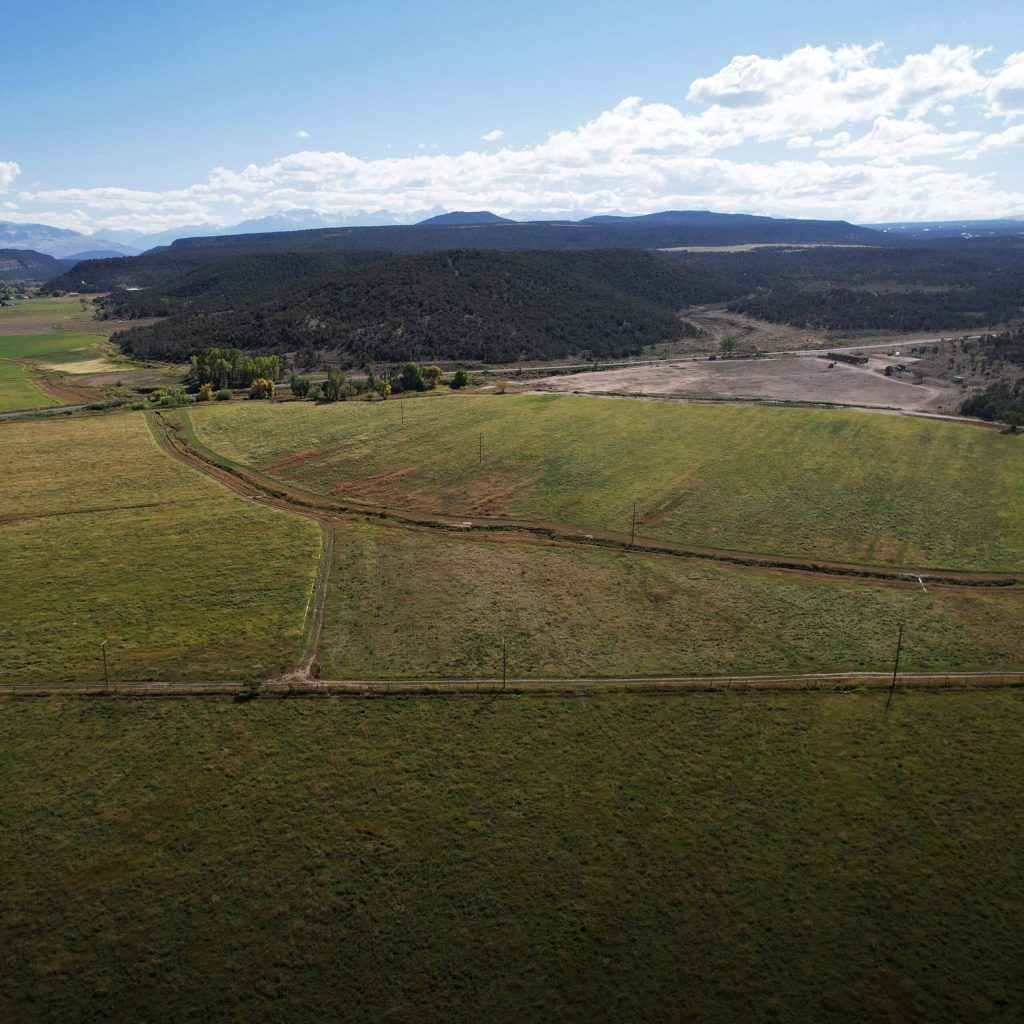From Lincoln’s Pen to Colorado’s Peaks: How the Homestead Act Drew the First Lines on the Western Slope
If you stand on a ridge in Western Colorado and look out across the valleys; you’ll see property lines stitched into the land. You will see fences following neat squares, parcels mapped in grids, fields bordered by creeks and ridges. These lines feel permanent, but the square ones obviously weren’t carved by rivers or mountains. They were drawn by surveyors, settlers, and with one very significant signature signed at the intersection of Pennsylvania Ave and 16th Street in Washington, D.C., during the spring of 1862.
That year, in the middle of the Civil War, President Abraham Lincoln signed the Homestead Act, a piece of legislation that rippled across the plains, canyons, and high mountain valleys of Colorado.
A Nation in Crisis, A Promise of Hope
When Lincoln put his pen to paper on May 20, 1862, the Union was struggling. The war was young, but the Union was bloodied. Battles brought heartbreak instead of victory, and the nation’s future had never been more uncertain. Lincoln, a man under crushing pressure, was looking for anything that might offer hope, stability, or progress and the Homestead Act was exactly what he and the Union was looking for.
The central premise of the homestead act had been around for quite a while and generally had broad support among northern lawmakers. However, most if not all, southern lawmakers opposed the Homestead Act because they feared it would lead to anti-slavery settlers populating the new territories, which would ultimately undermine their political power and the institution of slavery. But with the Southern lawmakers all having succeeded, Lincoln knew he had the votes to get the bill passed and he could offer a bold promise to ordinary Americans: 160 acres of land, nearly free, in exchange for sweat, time, and perseverance. It was a bold, optimistic, and forward-looking vision during a time dominated by the darkness of war. The homestead act became a law that gave the country something to dream about in the west while it’s people fought and died on battlefields across the eastern half of the United States.
Drawing the Grid on Colorado’s Frontier
Across western Colorado, the act set in motion the division of land into the parcels we see today. Using the Public Land Survey System, surveyors marched across ridge lines and river bottoms, driving stakes into the ground and mapping the wilderness into measured squares of townships and ranges, 640-acre sections, and finally, the 160-acre homesteads.
What had been open range and Native homelands became a checkerboard of opportunity for those willing to pull up their roots and set off for new territory. Families arrived to try their luck, building cabins, turning soil, and hoping the promise of ownership outweighed the hardships of drought, isolation, and high-altitude winters.
Some succeeded, creating ranches and farms that remain in operation to this day. Others gave up, leaving behind weathered cabins and stone foundations still visible across the Western Slope.
A Legacy That Still Shapes the Land
Every property map in Colorado carries the legacy of the Homestead Act. The lines you see, straight borders cutting across mesas and valleys, were born from that single moment on May 20th, 1862, when a weary president in need of good news and a divided nation needed hope decided to change the way things were done.
The Homestead Act did more than create landowners. It seeded communities, towns, and a sense of permanence across the rugged landscapes of the West that we now call home. It was, in many ways, the beginning of private property in Colorado as we know it today. Unless of course you go back to another land grant program the Spanish land grants of 15 and 1600’s. (but that’s another article, for another day!)
At Eagle Land, we know each parcel has a history written into its lines. For Western Colorado, that story often begins not with a fence post or a deed, but sometimes with things much bigger and broader with impacts that can be witnessed for centuries.


